“Genius is one percent inspiration, ninety-nine percent perspiration.”
Thomas A. Edison
I decided to use this quote, because this year was ninety-nine percent of perspiration in my life, I mean, it really was…
First, I had great moments that I have already described in this blog. Doing an online MA is not that easy as I thought. It takes discipline, autonomy, self-control and hardworking efforts. Most of the time, you have to review some concepts that it is no longer appropriated to your project. You have to understand the point of view of your advisor who is not in the same context that you are and, it can be frustated but in some situations a relief. The life in the Academia is a bitter sweet symphony.
Second, when you challenge yourself to another level, you have to face it. There is no turning back. In May, I enrolled for a teacher position at one of the most important University in Brazil. I passed at the 4th place, it really surprised me and I felt very happy. I am working with a group of amazing professionals who I have been learning and sharing with them all. I teach nowadays English for Academic Purpose – EAP.
Third, I have the chance to put into practices what I have been doing since 2011. The first day at the University, I was heading to my class, when a young-blondie-girl around her 20 somethings asked me – ‘Where is the room F-205?’. I told her that I was going to the same classroom and she asked me in just one-minute-conversation at least 10 questions…
She told me that she was very anxious to learn how to write a paragraph, because of her TCC. In fact, I did not realize that she would come to me at the end of the class and reveal that she was diagnosed with ADHD some months ago and for the first time she was comfortable enough to exposure herself with a ‘Professor’*. It really caught me by surprised! Therefore, I welcomed her to my class.
I reckon that she did not miss more than 2 lessons in a schedule of 14 meetings. She used to carry with her a heavy-backpack full of papers and folders in different colors for each subjects.It was awkward situation, because the other students stopped to see her desperately seeking for something in her bag.
There was the moment that she got lost with her papers, and she almost panicked. After that, I asked her to wait for some minutes after the class and, we talked a little bit and I gave her a pack of post-it. I suggested her to start writing her routine in that small papers; from morning to evening; and create a to-do-list. If something she forgot to do in the previous day, she should put for the next day in priority.
She took this suggestion as an advice. She showed me how she had improved herself, that heavy-backpack full of stuff, now it was light with just few things that she really needed for each day at the university.
Not only she improved herself to her routines, but also her focus on studying. Her paragraph was easier to understand, she developed her concentration in some specific moments during the class, what helped her a lot during her writing process.
When our course finished, she sent me an email, saying that she was feeling more confident and less anxious. That email made my day, weeks and gave more strength to move on. Besides, I was ready for my new group. I reckoned with someone who did not conclude the previous course, one could join this it again…. and it happened.
One of those students who quit the course had returned and, it was the most enigmatic one. He attended some classes from the previous course but suddenly he disappeared. I sent some emails asking him to come back but no answers, nothing at all. I thought that, he did not like the course, maybe because it was easy or diffucult, lots of question were in my head.
The first-day for this new group had arrived and he was there. I felt very happy, he gave me a second chance what I hold on to. I decided to create some activities to engage the whole class. Now with this group, I should be more patient.
Some of them were threatened to speak in English. They were afraid of making mistakes 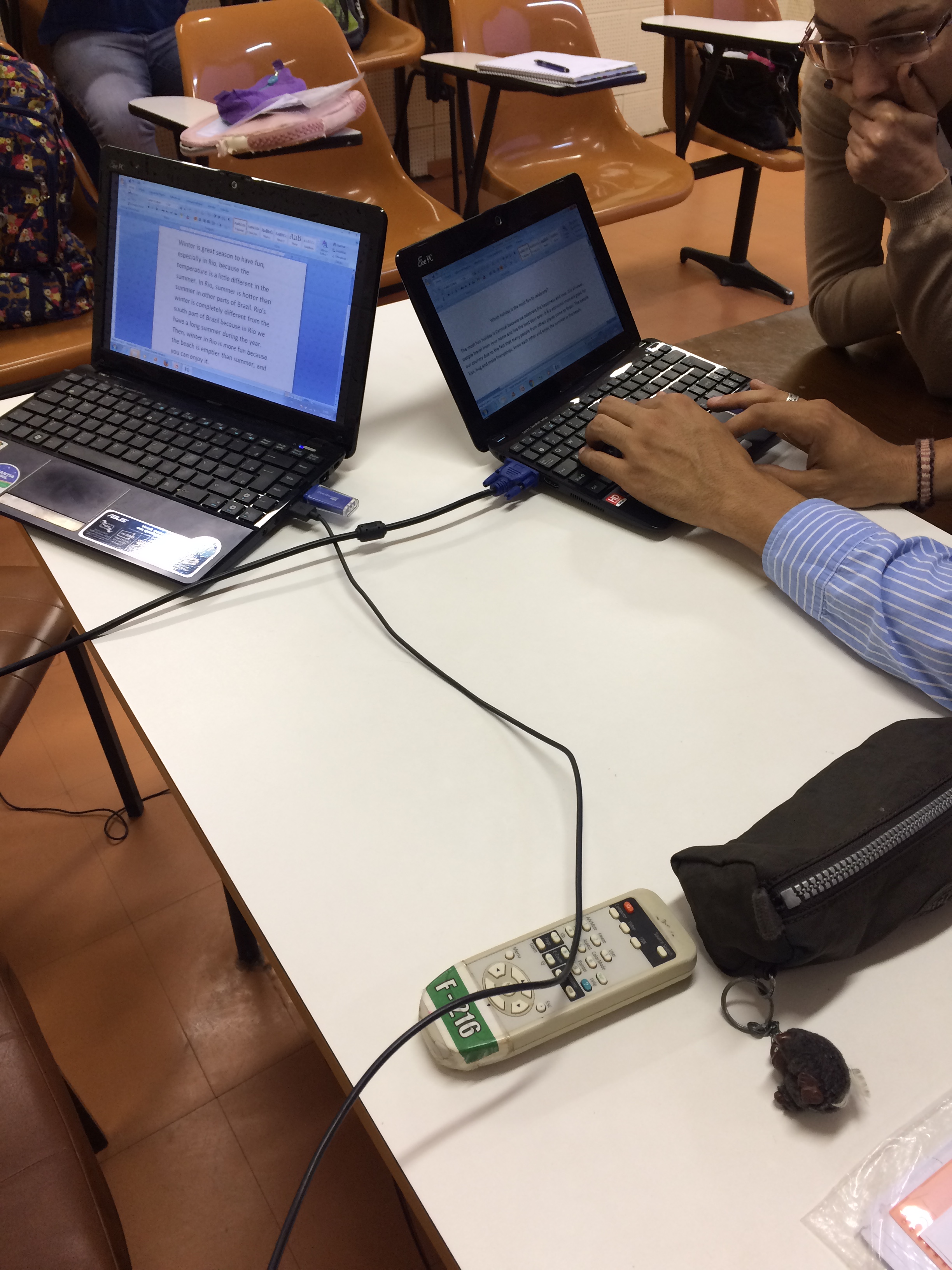 and their classmates could laugh at them. I told them that the course was ‘writing production’. However, in some situations I would like to work with them some speaking activities just for brainstorming the ideas to write, otherwise it would be very boring. So, they accepted my proposal.
and their classmates could laugh at them. I told them that the course was ‘writing production’. However, in some situations I would like to work with them some speaking activities just for brainstorming the ideas to write, otherwise it would be very boring. So, they accepted my proposal.
I thought that he would not accepted my request and with his “limitted english” (he argued that) he was interacting with the other students, putting his point of view and participating with the whole classrrom now.
That was fabulous, but one thing was not right. There were some moments in the class that, he did not understand some jokes presenting in the activities. One of those jokes, it was the adjective “stubborn” and the text gave the example “like a mule” he could not understand the meaning behind these two contexts in the text. He understood literal meaning. He thought the text was offensive.
It was the moment that I realized that something was not as it seems. There were some social behavior conflicts, visual contact surrounding his attitudes. I could not ask him if he has autism, because he could feel uncomfortable.
So, I decide to explain the text in a different way. As some of the students did not understand the word stubborn, I tried to use real examples to come up with the meaning, using famous people attitudes, memes and, BINGO! Everybody else got it! In that was the day, my perspiration works a lot!
Besides, the class was very challenging for some of them, everyone learned something including myself. At the end of the class, he asked me to talk a little bit, and in a certain time, he told me his story of overcoming barriers, stigmas and diveristies.
He is an Asperger adult, he was diagnosed in 2010, he entered to the university through the accessibility process of Berenice Piana’s Law (This is a brazilian law which gave all people with autism spectrum access to study in regular schools and universities across the country, it is a federal law).
That day, I was in his eyes my son. I looked at him and I said “I am here to help you, please do not turn away, it is difficult but you will get it. Look at yourself and see where you are now.” And today in a rainy saturday night, I am correcting his 2nd paragraph. Updating this post, he concluded the course with flying colors!
I write this post full of joy, because I can feel what their parents went through to get him in this stage. It is challenging and demanding to raise kids with disabilities in many parts of the world. It is tough to plan their future and most of the time difficult is to include them in any sphere of education.
I have been working in many contexts; private x public; school x university. I hope seeing the inclusive education more vivid, more open and dynamic…
I wish all the teachers around the world Merry Christmas and a wonderful New Year…
P.S- I choose Thomas A. Edison quote because he suffered a lot in his school time, a teacher sent to his mom a letter saying “your son is mentally deficient. We cannot let him attend our school anymore. He is expelled” His mother taught him until she got ill and she could not see how he was important to the world.
* Professor in portuguese also means Teacher ( schools or institutions) or Professor (academic context) I am not a professor yet, so I am a Teacher.
I recommend two articles for those who are facing challenging and demanding situations at their classroom:
Motivating Teachers to include everyone
Building a culture of inclusion
Soundtrack for this post – The Verve
Departamento de Linguística e Filologia da UFRJ

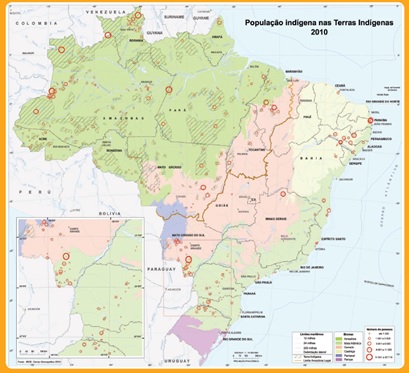
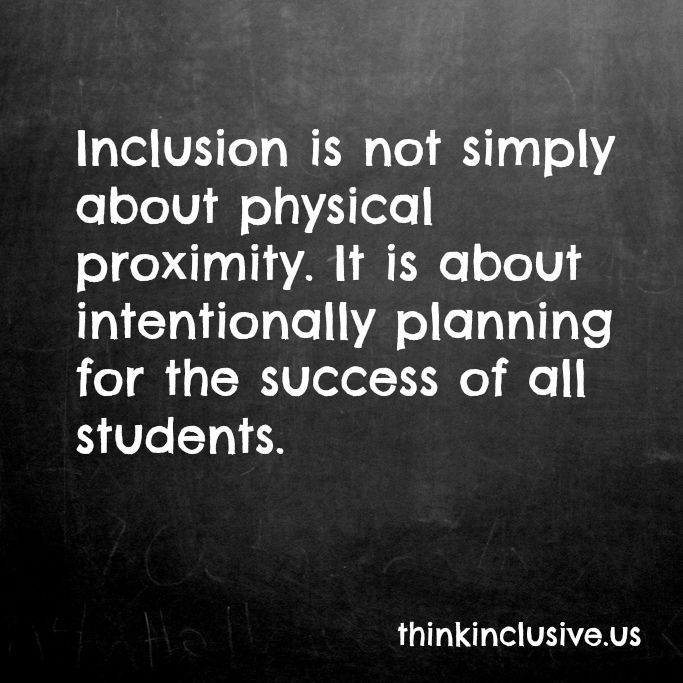
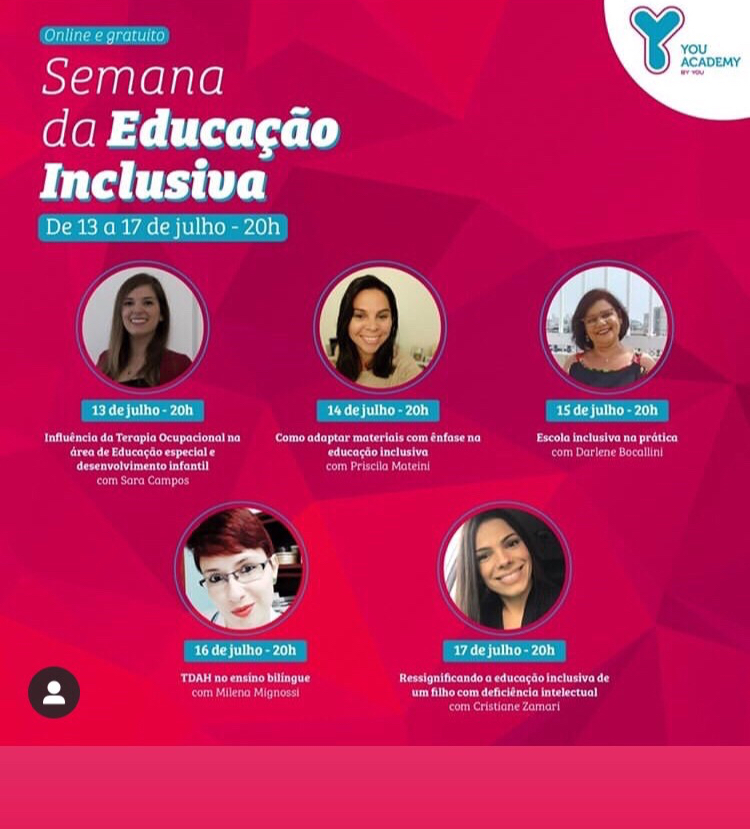 Hello there,
Hello there,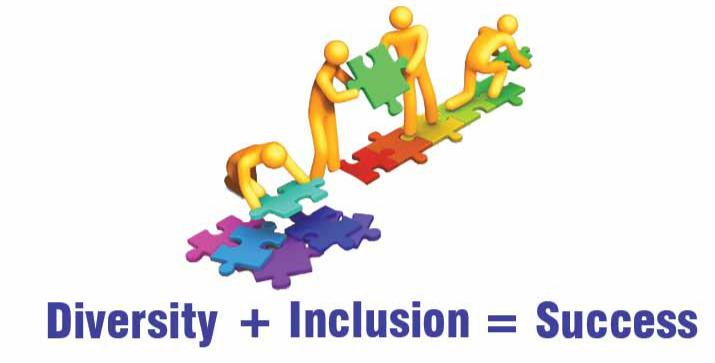
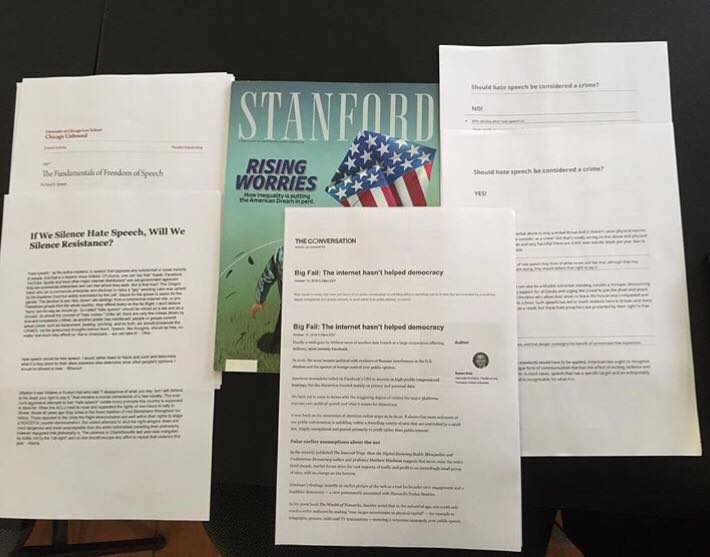
 and their classmates could laugh at them. I told them that the course was ‘writing production’. However, in some situations I would like to work with them some speaking activities just for brainstorming the ideas to write, otherwise it would be very boring. So, they accepted my proposal.
and their classmates could laugh at them. I told them that the course was ‘writing production’. However, in some situations I would like to work with them some speaking activities just for brainstorming the ideas to write, otherwise it would be very boring. So, they accepted my proposal.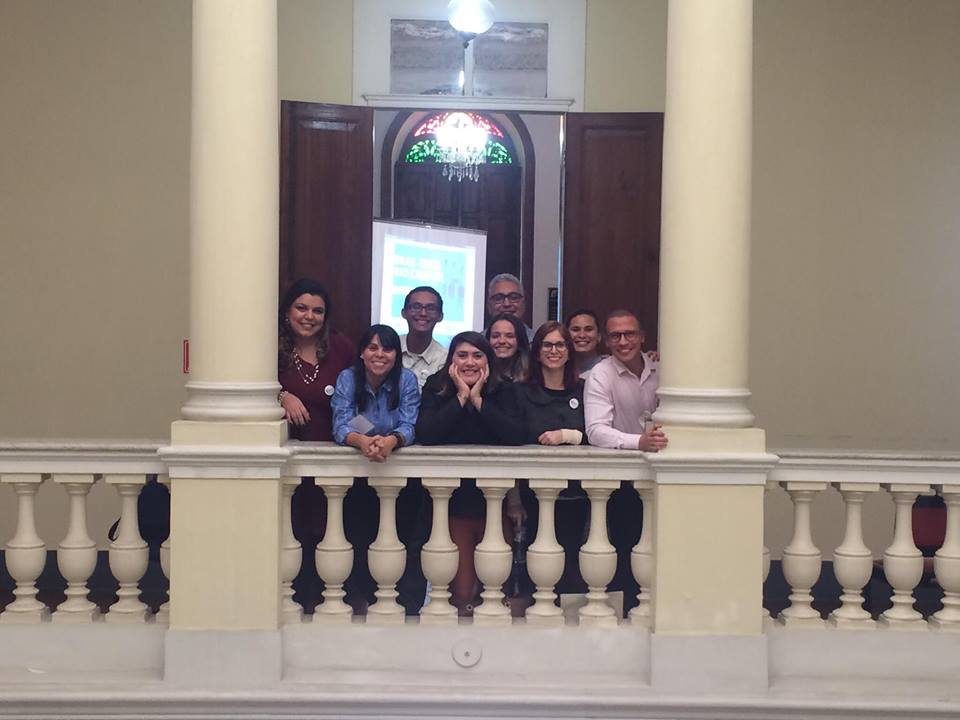
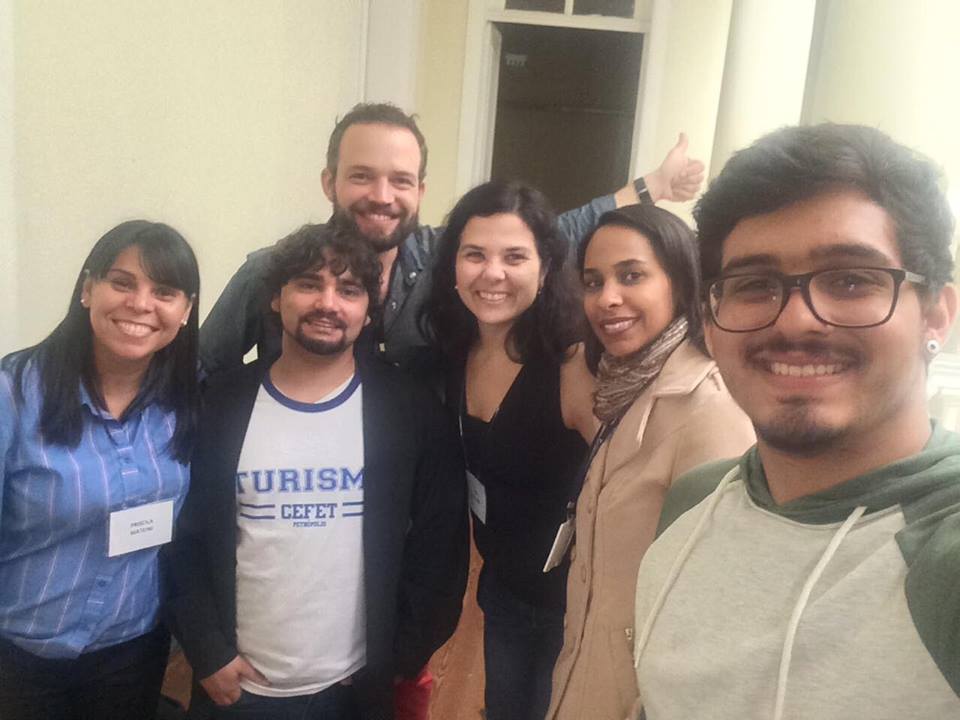 So, after reading this post , I hope you make consider to attend to one of the many Teaching Development events from lots of great associations around the country or abroad. I can assure you that you will never see the world with the same eyes.
So, after reading this post , I hope you make consider to attend to one of the many Teaching Development events from lots of great associations around the country or abroad. I can assure you that you will never see the world with the same eyes. “If you wanna make the world a better place, take a look at yourself and then make a change” Michael Jackson
“If you wanna make the world a better place, take a look at yourself and then make a change” Michael Jackson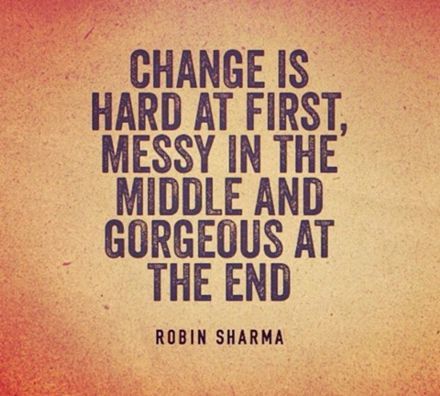
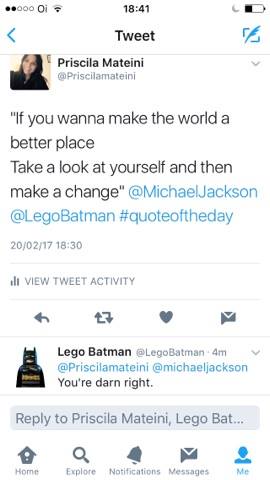 ted just the chorus from Michael Jackson’s song from Lego’s soundtrack, and an Unofficial Lego Batman just replied . It was cool, the kids got really surprised when I showed them the tweet, they just said ‘WOW’.
ted just the chorus from Michael Jackson’s song from Lego’s soundtrack, and an Unofficial Lego Batman just replied . It was cool, the kids got really surprised when I showed them the tweet, they just said ‘WOW’.